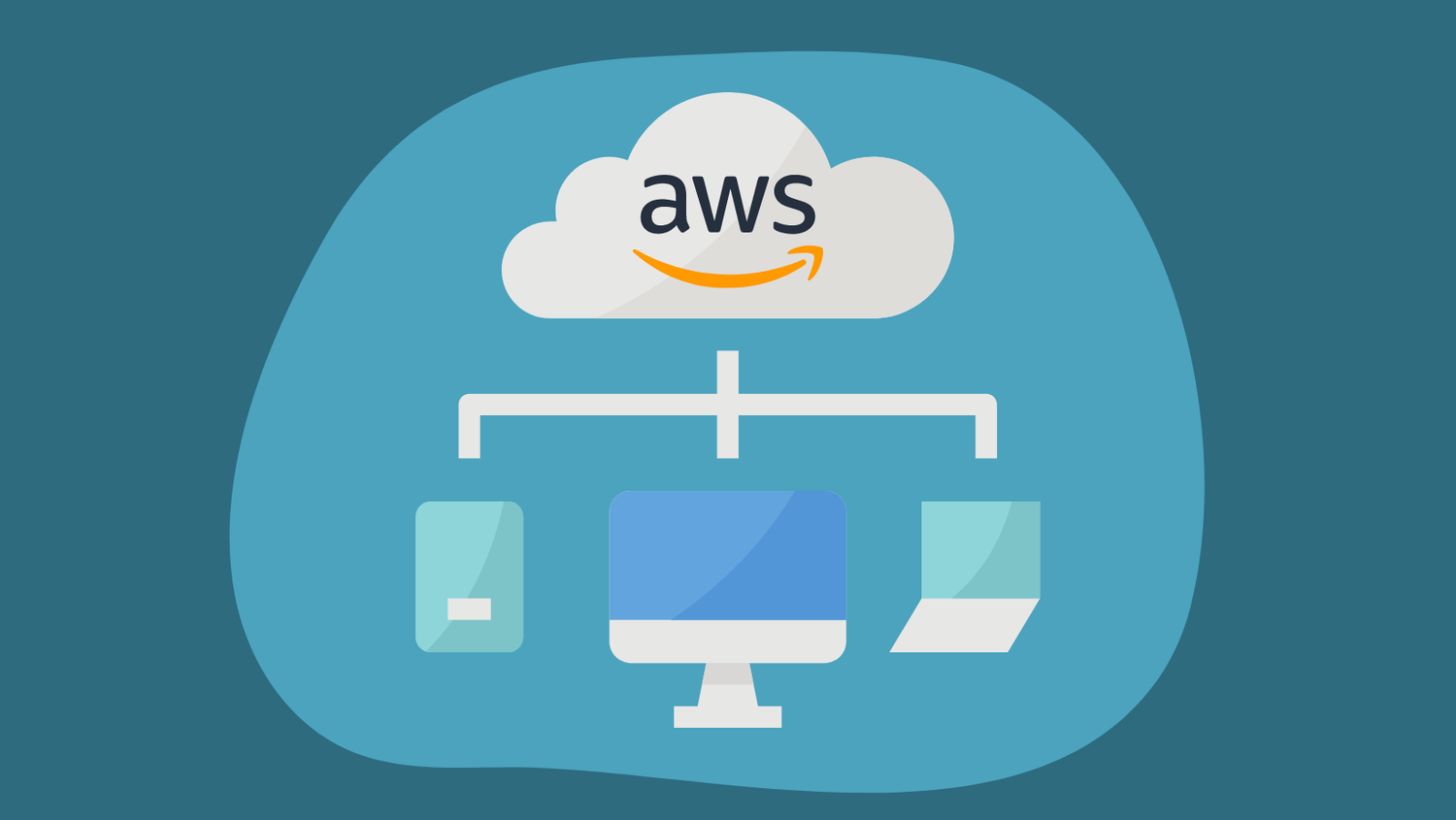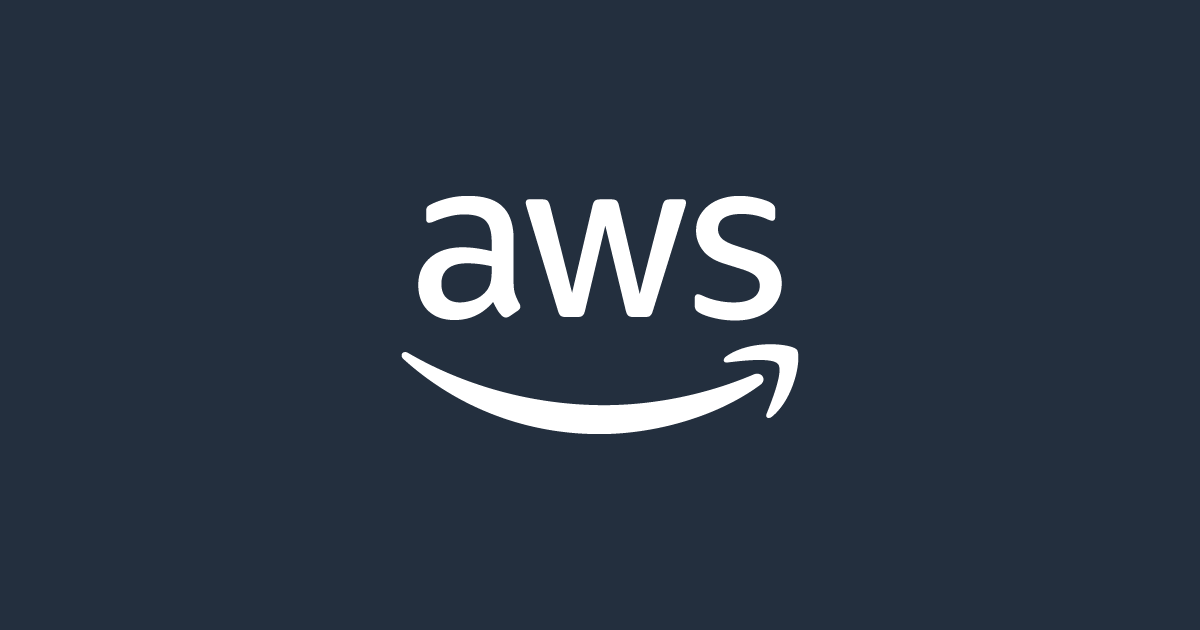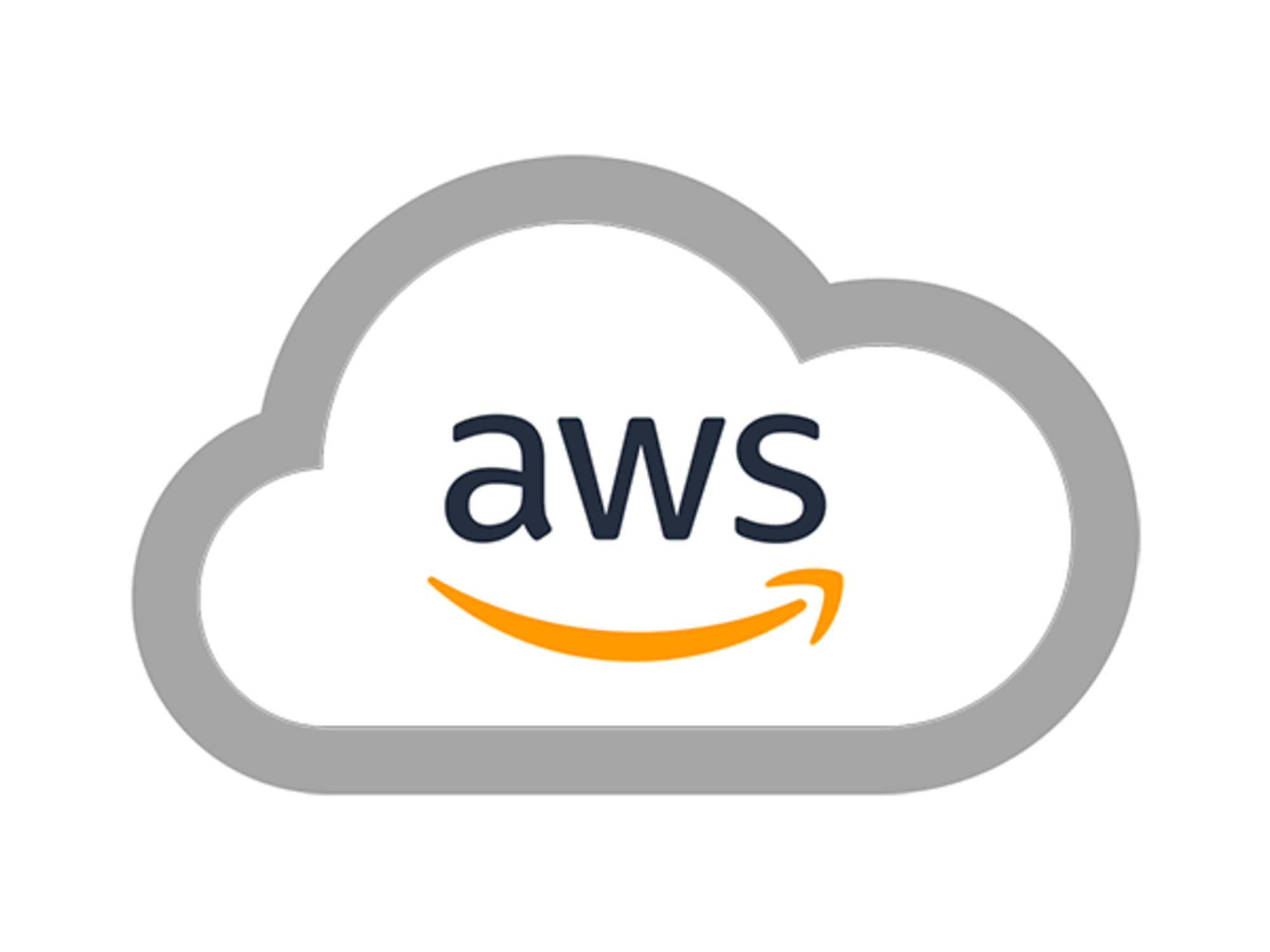AWS Remote IoT VPC Price - What You Need To Know
Getting a handle on the costs for AWS Remote IoT VPC is a really big deal for anyone wanting to set up safe ways to connect their smart gadgets. It's like planning for a big trip; you really want to know what everything will set you back before you even pack your bags. For businesses and folks putting together systems where devices talk to each other, knowing the financial side of things can make all the difference, you know? This particular setup, the AWS Remote IoT VPC, offers a way to keep those device conversations private and sound, which is, honestly, a pretty neat trick for keeping your information safe from prying eyes.
You see, when people think about connecting their internet-enabled things, keeping everything private and sound is usually a top concern. This special setup, the AWS Remote IoT VPC, gives your devices a kind of private club where they can chat without the whole world listening in. It means your little machines can send their information back and forth, or talk to your main computer systems, all within a protected space. But, like anything good that offers a lot of peace of mind, there's a price tag attached, and figuring out what that looks like can feel a bit like solving a puzzle, or so it seems at first glance.
Luckily, there are ways to peek behind the curtain and get a better feel for things. Many big names, like AWS itself, along with Microsoft, Google, HiveMQ Cloud, and IBM, are pretty open about what their IoT platform services cost. This openness means you can actually look at different ways they charge and sort of stack them up against each other to see what makes the most sense for your wallet. It's about getting a clearer picture, so you can make smart choices about where your money goes, and really, that's what everyone wants, isn't it?
- Xxxbrits
- Miss Canada Paternity Test Results Reddit
- Has Lil Tecca Ever Been To Jail
- Hugo Lowell Mother
- Maya G Viral Video Sex
Table of Contents
- Understanding the Basics of AWS Remote IoT VPC Price
- What Factors Influence AWS Remote IoT VPC Price?
- How Does AWS Remote IoT VPC Keep Things Private?
- Breaking Down the AWS Remote IoT VPC Price Structure
- Making Sense of Your AWS Remote IoT VPC Price
- Optimizing Your AWS Remote IoT VPC Price Spending
- Why Is AWS Remote IoT VPC Price Such a Talked-About Thing?
- Taking Charge of Your AWS Remote IoT VPC Price
Understanding the Basics of AWS Remote IoT VPC Price
AWS Remote IoT VPC is a rather neat feature that lets you manage your internet-connected gadgets from afar, all within a virtual private cloud, or VPC. Think of a VPC as your very own secluded corner in the vast expanse of the cloud. It’s like having a private room at a busy conference where only your invited guests can come in and talk. This means your smart devices, whatever they might be, can send their information and get their instructions without having to travel through the open, public internet, which is, honestly, a much safer way to do things.
The idea here is to give your internet-connected infrastructure a secure home base. This private network acts as a sort of walled garden for your devices. So, when your sensors are gathering information, or your smart appliances are sending updates, they do it all within this protected area. This way, your valuable information stays away from general view, keeping it safe from people who shouldn't see it. It's about building a trusted space for your digital tools, and that's pretty important for peace of mind, too.
Before we get too deep into the way this particular technology works, it’s a good idea to chat about something that’s on everyone’s mind: the money side of things. Costs are, you know, a big part of any decision, especially when setting up something new for a business or even for a large personal project. It’s the elephant in the room, as they say, and it’s important to give it its proper attention. Knowing what you might spend helps you plan and avoid any surprises down the road, which is always a good thing, really.
- Jenna Bush Net Worth
- Elad Gil Nationality
- Tom Selleck Politics
- Shyna Khatri Web Series Online
- Tiago Netrebko
What Factors Influence AWS Remote IoT VPC Price?
The way AWS figures out the cost for its Remote IoT VPC service is based on several important points. It’s not just one simple number, but rather a combination of things that add up. One of the main things they look at is the total count of devices you have connected. So, whether you have a handful of smart sensors or hundreds of little machines, that count plays a role in what you pay. It’s a bit like paying for phone lines; the more lines you have, the more the bill tends to be, you know?
Another big piece of the puzzle is how much information your devices send back and forth. This is often called data transfer volumes. Imagine it like water flowing through pipes; the more water that moves, the more you might pay for the service. If your devices are constantly sending large chunks of information, that will affect the total cost. On the other hand, if they only send small bits of data now and then, your costs for data transfer might be quite a bit lower. It's something to keep in mind, obviously.
Then there are the extra services you might use alongside the core connection. These can include things like where your information is kept, or how much work your computer systems do to make sense of that information. For example, if you need a lot of space to store all the data your devices collect, or if you need powerful computer brains to process it quickly, those things will add to your bill. It’s like when you go to a restaurant; the main meal has a price, but then you add drinks, appetizers, and dessert, and those add up, too. All these pieces come together to form the overall AWS Remote IoT VPC price, which is why it's worth looking at each part carefully.
How Does AWS Remote IoT VPC Keep Things Private?
So, you might be wondering, how exactly does this AWS Remote IoT VPC setup manage to keep everything so private? Well, it all comes down to that private network we talked about earlier. When your devices are set up within this virtual private cloud, they aren't just sending their information out into the open internet for anyone to potentially intercept. Instead, they are communicating within a secluded, protected area that you essentially control. This means the path your information takes from your device to your cloud resources is much more direct and shielded, you know?
This private network acts as a kind of secure home base for your entire internet-connected setup. It’s like having a dedicated, guarded pathway just for your own vehicles, rather than having them drive on a public road where anyone can see them. Your devices can talk to each other, and they can also talk to your main computer systems in the cloud, all without exposing any sensitive information to the wider public internet. This helps keep your data safe from unwanted attention, and that's a pretty big plus for any business dealing with important information, or so it seems.
The whole point of this private arrangement is to give you peace of mind about the security of your information. In a time where digital security is a top concern for pretty much everyone, having a system that reduces the chances of your data being seen by the wrong people is a very good thing. It helps make sure that the conversations happening between your devices and your cloud services stay just between them, which is, honestly, what you want when dealing with any kind of private or sensitive information. This quiet, protected communication channel is a core part of the value offered by AWS Remote IoT VPC.
Breaking Down the AWS Remote IoT VPC Price Structure
Let's take a closer look at how the pricing model for AWS Remote IoT VPC is put together. It's not a one-size-fits-all kind of deal; instead, it's a mix of different charges that depend on how you use the service. AWS charges for this service based on several key elements, and getting a handle on these is a good step towards figuring out your likely expenses. You want to know what you're paying for, right?
First off, there's the count of connected devices. This is pretty straightforward: the more little gadgets you have hooked up and communicating through the system, the more this part of your bill will be. Then, there's the amount of information that moves around, often called data transfer volumes. This covers both information going into the cloud from your devices and information coming out of the cloud to your devices or other systems. It’s a bit like a data plan on your phone; the more you use, the more you pay, obviously.
Beyond these core elements, there are charges for extra services that you might choose to use. These can include things like data storage, which is where all the information your devices collect gets saved. If you need to keep a lot of information for a long time, that will be a factor. There's also processing, which refers to the work your cloud systems do to analyze or manage the information from your devices. So, if your setup needs to do a lot of number-crunching or quick reactions based on the incoming information, that will also play a part in the overall cost. It's a collection of pieces, really, that come together to form the total AWS Remote IoT VPC price.
Making Sense of Your AWS Remote IoT VPC Price
Trying to make sense of all these different charges and factors for AWS Remote IoT VPC price might feel a bit overwhelming at first, but thankfully, AWS offers a very helpful tool to assist you. It’s called the AWS Pricing Calculator. This online tool is designed to let you play around with different AWS services and get a good idea of what your costs might look like for your particular needs. It’s like having a personal financial planner for your cloud spending, you know?
With the AWS Pricing Calculator, you can explore various AWS services, including the components that make up the AWS Remote IoT VPC. You can put in details about how many devices you plan to connect, how much information you expect them to send, and what other services you might need, like storage or processing power. The calculator then takes all this information and gives you an estimate for the cost of your use cases on AWS. It’s a pretty handy way to get a ballpark figure before you commit to anything, which is always a good practice, really.
This tool is especially useful for getting a clearer picture of your potential AWS Remote IoT VPC price. Instead of just guessing, you can use the calculator to build a hypothetical scenario and see the estimated expenses. This helps you plan your budget more effectively and understand where your money will likely go. It’s about giving you a bit more control and foresight into your financial outlay, allowing you to make more informed choices about how you set up your internet-connected solutions. It really does help clear things up, so.
Optimizing Your AWS Remote IoT VPC Price Spending
When you're dealing with cloud services, especially something like AWS Remote IoT VPC, just knowing the cost structure is one part of the story. The other, equally important part, is figuring out how to make the most of your money and keep your spending in check. This is where cost optimization strategies come into play. It's about being smart with how you use the services so you get what you need without paying for things you don't, which is, honestly, a goal for most businesses.
Understanding the cost structure and then applying smart ways to optimize your spending can really make a difference to your overall budget and how well your operations run. For instance, if you know that data transfer volumes are a big part of your AWS Remote IoT VPC price, you might look for ways to send less information, or to send it more efficiently. Or, if the number of connected devices is a major factor, you might consider how many devices you truly need active at any given time. It’s about being thoughtful with your resource use, you know?
These kinds of choices can significantly impact your financial outlay and the smooth running of your systems. It’s not just about cutting costs for the sake of it, but about making sure every dollar you spend is working hard for you. By paying attention to these details, you can ensure that your internet-connected solutions are not only effective but also financially sustainable. It’s about finding that sweet spot where performance meets good value, and that's a pretty desirable outcome for anyone managing these kinds of systems.
Why Is AWS Remote IoT VPC Price Such a Talked-About Thing?
You might be wondering why the AWS Remote IoT VPC price has become such a hot topic for businesses, big and small. Well, it’s pretty straightforward, really. In today's very connected world, more and more businesses are looking to expand their ability to use internet-connected devices. This means they are trying to put smart sensors, automated machines, and other clever gadgets to work for them. And whenever you bring in new technology, especially something that involves connecting many things, the costs involved become a really big point of discussion.
Let’s face it, the cost of setting up and running these kinds of systems can either help your budget or, well, cause some real headaches if you're not paying close attention. For businesses aiming to grow their internet-connected abilities without spending too much money, getting a clear picture of the costs is absolutely key. It’s not just about numbers on a spreadsheet; it’s about making sure your business can afford to do what it needs to do without unexpected financial burdens. This is why it’s so important to have a good grasp of how AWS pricing works, you know?
Whether you're someone who loves all things technology or a business owner trying to get the most value for your money, truly grasping how the pricing for AWS Remote IoT VPC operates is a very important step. If you are getting involved with cloud computing or setting up internet-connected solutions, knowing the pricing structure is a big deal. It's because these costs can make or break your budget, and nobody wants to be caught off guard by unexpected expenses. So, talking about and understanding this topic is pretty essential for successful operations.
Taking Charge of Your AWS Remote IoT VPC Price
So, there you have it—a general look at the AWS Remote IoT VPC price. Whether you're just getting started with setting up your first internet-connected devices or you're already running a big system and looking to grow it, having a good grip on what things cost is a very important part of making sure you succeed. It’s about being prepared and making smart choices from the very beginning, and that includes understanding the financial side of things. Knowing what to expect helps you plan better, obviously.
From figuring out how the pricing is put together to finding ways to make your spending more efficient, we’ve touched on the main points you need to know to take control of your AWS spending for this service. It’s about being informed and proactive, rather than just reacting to bills as they come in. By understanding the different factors that contribute to the AWS Remote IoT VPC price, you are better equipped to manage your resources and ensure your internet-connected projects stay on track financially. This knowledge gives you a clearer path forward, you know, and helps you make the best decisions for your operations.
- Juice Wrld Police Report
- Tony Hinchcliffe Wife Instagram
- Alfie Allen
- Anna Malygon Only Fans Free
- Trump Incontinent

Amazon Web Services (AWS) is the world's most comprehensive and broadly

AWS Solutions Library | Amazon Web Services | AWS

AWS Announces General Availability of Its Quantum Algorithm Design Service